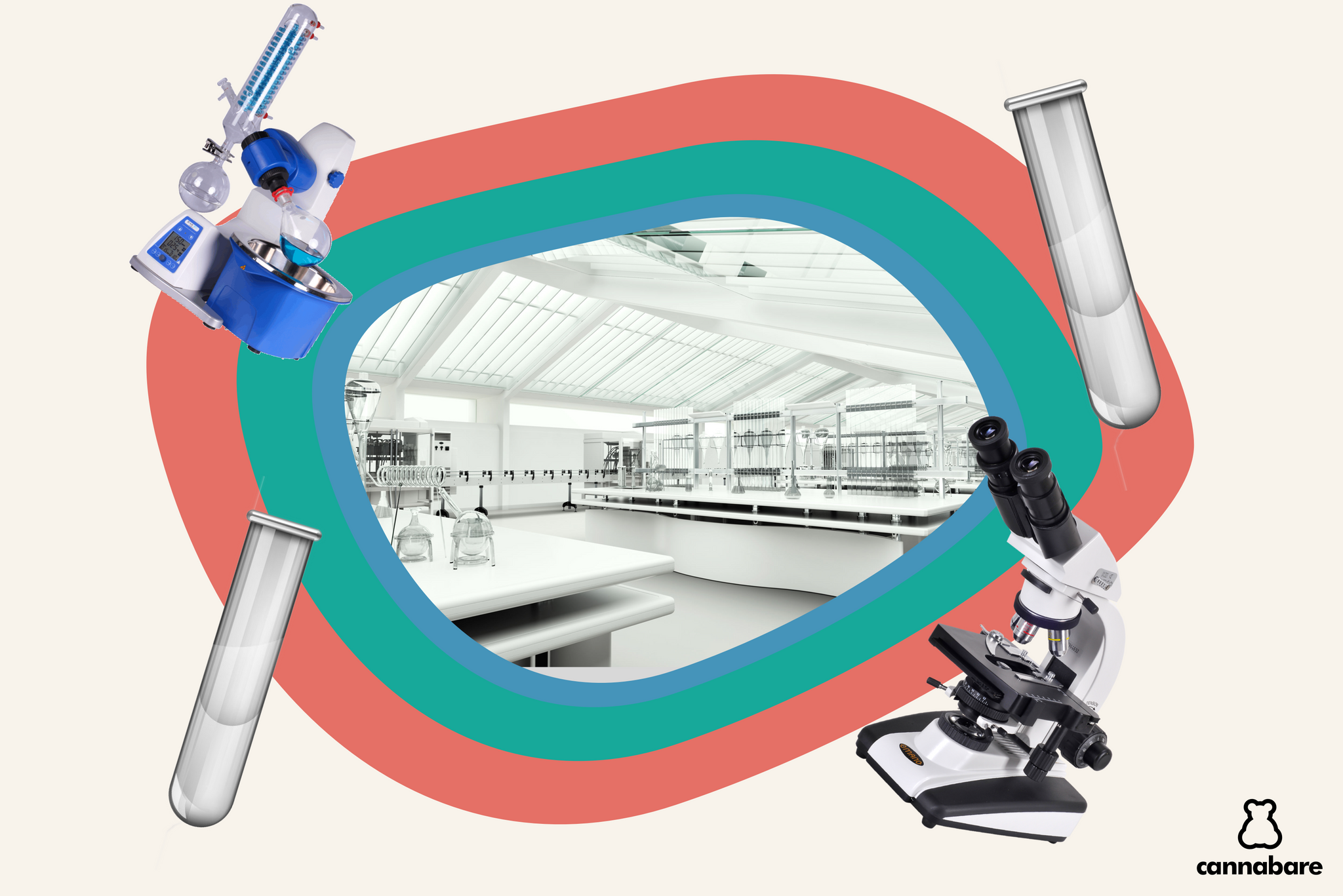Biology and Chemistry of CBD
BIOLOGY & CHEMISTRY OF CBD

Understanding the way that the cannabis plant works within the animal body and brain requires a grasp of neuroscience. In 1970, the Nobel Prize for Medicine went to a small group of scientists who had made important discoveries in the study of neurotransmitters, and the Society of Neuroscience was founded. It was the nascent phase of an enormous inquiry, focused on the chemical messengers used by the brain to communicate information throughout the body. These messengers, called neurotransmitters, relay signals between nerve cells (neurons) to regulate the body’s major systems. In other words, neurotransmitters are the messengers that relay information between neurons throughout the entirety of the nervous system, including the autonomic nervous system, the central nervous system, and the peripheral nervous system—from tiny receptors in the skin, to the spinal cord, to the brain itself.
Neuroreceptors are specialized protein molecules present in cell membranes and activated by a neurotransmitter, allowing communication sites in the brain capable of binding with opioids, and the discovery of similar receptors for cannabis might have followed soon after. But efforts were, as Project CBD co-founder Martin A. Lee reported in a 2012 article, “circumscribed by the politicized agenda of the National Institute of Drug Abuse, which subsidized studies designed to prove the deleterious effects of cannabis while blocking inquiry into its potential benefits.”




